Governor Hu Recommends Shaanxi Tourism in the 3rd All-for-one Tourism Introductory Conference
The 3rd All-for-One Tourism Promotion Conference & “Solicitous Shaanxi” Introductory Conference was grandly held on August 3 in Xi’an. Hu Heping, the governor of Shaanxi Province, delivered a speech in which he passionately introduced Shaanxi tourism.
Firstly, on behalf of Shaanxi Provincial Party Committee and the government, Hu Heping expressed his warm welcome to the leaders and guests present, and introduced to them Shaanxi tourism. Hu said that Shaanxi is rich in touristic resources.
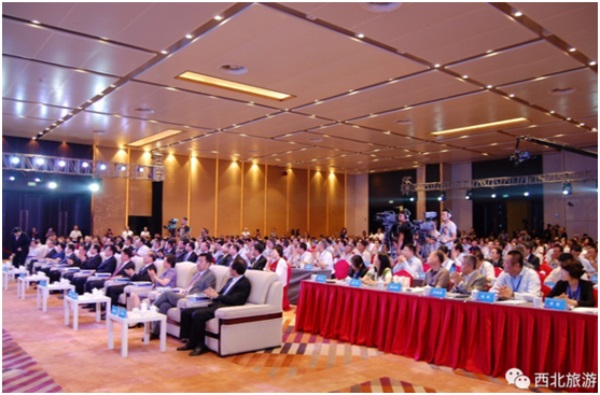

The Long History of Shaanxi
Shaanxi, “the natural historic museum”, is famous for the Mausoleum of Yellow Emperor, Terra-Cotta Warriors, Yan’an Pagoda, Qinling Mountains, Huashan Mountain and so on, which are the spiritual and natural markers of Chinese civilization, its revolutionary history, and unique geography. Lantian ancestors, chimney smoking of Banpo village, Shimao ancient city, the farm work of Hou Ji, invention of characters by Cang Jie,all silently tell the footprints of Chinese ancestors and each allusion forms the nostalgia of Chinese descendants. Thirteen dynasties, including Zhou, Qin, Han, Tang, founded their capital in Xi’an; the over 50,000 existant cultural relic ruins and over 1,000,000 pieces of precious cultural relics dot all the provinces of China; Mausoleum of the First Qin Emperor, Terra-Cotta Warriors, site of Weiyang Palace Chang’an in Han Dynasty, Chang’an Daminggong palace of Tang Dynasty, Giant Wild Goose Pagoda, Small Wild Goose Pagoda, Xingjiao Temple Pagoda and Great Buddhist Temple Grottoes of Binxian County have been listed in the World Heritage List; 72 emperor’s mausoleums and the subordinate tombs scatter over the central Shaanxi Province; the most completely preserved ancient city wall in the world is still watching and defending the people there. The southern Shaanxi is elegant and graceful; Han and Wei-Jin Dynasties, thousand-Li-long gallery road and the beautiful landscapes there all reflect the tremendous treasures of history. The people of northern Shaanxi are honest and warm-hearted; Zhidao Roads in Qin Dynasty, the Great Wall of Qin and Tongwan city, the single site of Xiongnu capital in the world, all stand there. As we all know, Shaanxi is a sacred place of the Chinese revolution with the northern Shaanxi being the foothold of the Long Marches and the starting point of the Anti-Japanese War; in the thirteen years in Yan’an, the Central Party Committee led the national people and won the great victory of Anti-Japanese War and the War of Liberation. Yan’an, which now preserves over 2,000 pieces of valuable red culture relics, is the spiritual hometown for Chinese Communism.
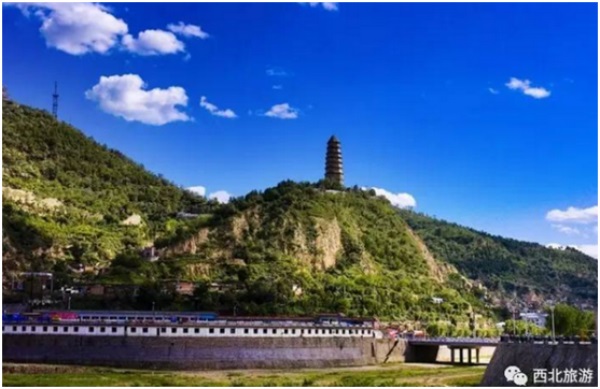
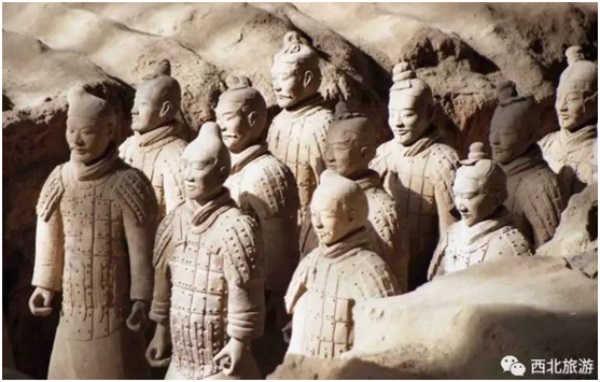

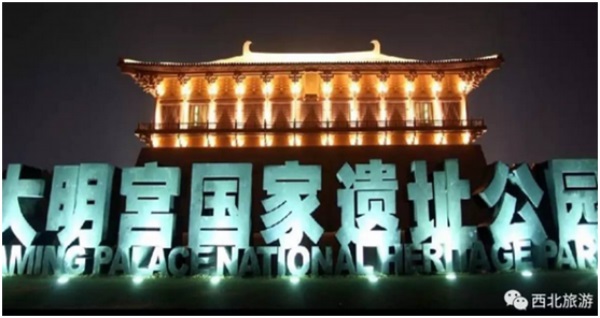
The Glorious Culture of Shaanxi
Shaanxi is one of the important birthplaces of the Chinese nation and culture and the breeding place of much valuable spiritual wealth, which is still flowing in the blood of Chinese people. The Book of Songs records the local customs and practices, farming and sewing activities of ancient Chinese people. Zhongnan Mountain, where Lao Zi taught “morality”, is the birthplace of Taoist thought of China. Han Fu, poetry in the Han Dynasty, records mountains, rivers, cities and architectures of China; Records of the Historian, On Fault of Qin, Ode to the Imperial Forest, Ode to the West Capital, On the West Capital and Ode to the Ah Fang Palace not only guide us to seek for the scenic spots and historical sites on this land, but also embody Chinese ideology, code of ethics and wisdom of the governing state. The near 5,000,000 poems of the Tang Dynasty are ever all-embracing: there are the works of the romantic and bold Li Bai, and his contemporaneous poet Du Fu who is concerned about the fate of his nation; other over 2,300 talented poets greatly show the material and spiritual civilizations of China. Xianzhang Peak of Huashan Mountain, the smoke of Caotang Temple, the willow, wind and snow of Baqiao, sunset of Mount Li, drinking over Qujiang stream, snow on the Taibai Mountain, Xianyang ancient ferry, the morning bell of Giant Wild Goose Pagoda etc. are all classic images of Chinese culture. Zhang Zai, the master of Guanism in the Northern Song Dynasty, left the masterpiece for Confucianist study. Many excellent works in Shaanxi in the field of culture, arts, music and calligraphy come out one after another, forming many extremely characteristic cultural brands such as “Shaanxi literature army”, “Chang’an school of painting”, “Shaanxi drama” and “Sanqin calligraphic style”.
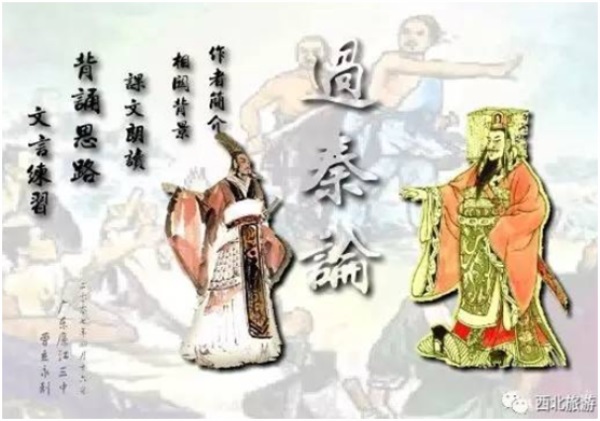
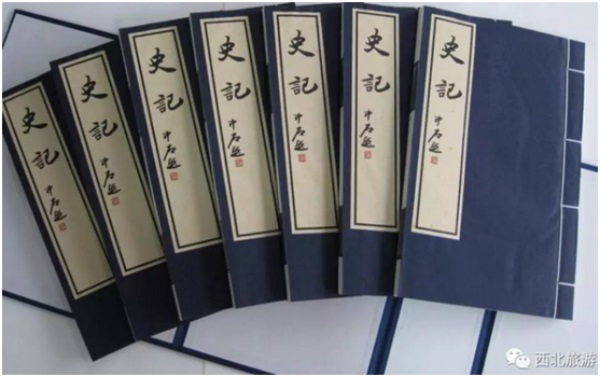
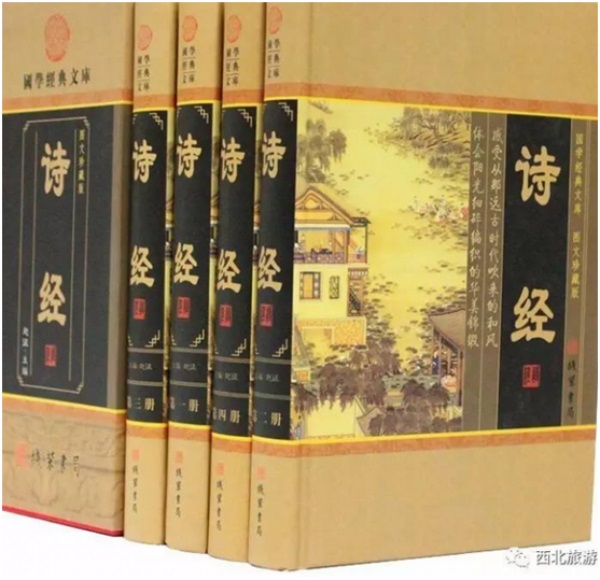
The Long-stretching Silk Road Starting from Xi’an
“The tinkle of bells on the silk road signifies the transportation of white silk to Anxi,” written by the Tang poet Zhang Ji in his Liangzhou Song. Zhang Qian of Han Dynasty, travelling from Chang’an City to the Western Regions, opened the Silk Road throughout Europe and Asia for over 2,100 years, which formed an important channel for the political, economic and cultural exchanges between the east and the west. As the departure point of ancient Silk Road, Shaanxi has been the window for the connection between China and the outside world since ancient times; with the deep implementation of the national “One Belt and Road” initiative, Shaanxi again becomes the frontier of opening to the outside world. At present, Shaanxi has built economic and trade connections with over 190 countries and regions and over 110 out of the global 500 strong enterprises have settled in Shaanxi. The single free pilot trade zone in the northwest region is built with high standards; Xi’an airport is approved to allow the travellers to transit without visa within 72 hours; “Chang’an”, the international freight train, realizes its normal back and forth transportation; Xi’an Xinzhu Station has become the biggest logistics distribution center on the Silk Road economic belt. The traffic mileage of the expressways connecting the whole province have reached over 5,000 kilometers, length of railways in operation reaching 4,900 kilometers; the number of international flight lines being 46. More major economic and trade activities and events in foreign affairs are held in Shaanxi; with the visits of heads of states, the holding of summit forums, the opening of international conferences, more and more tourists get to know China through visiting Shaanxi. The number of tourists in the first half of this year reaches more than 260,000,000.

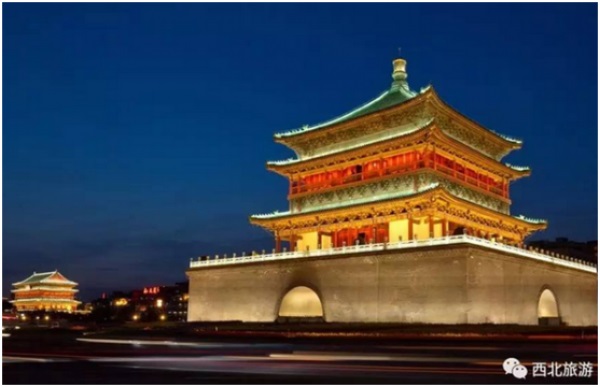


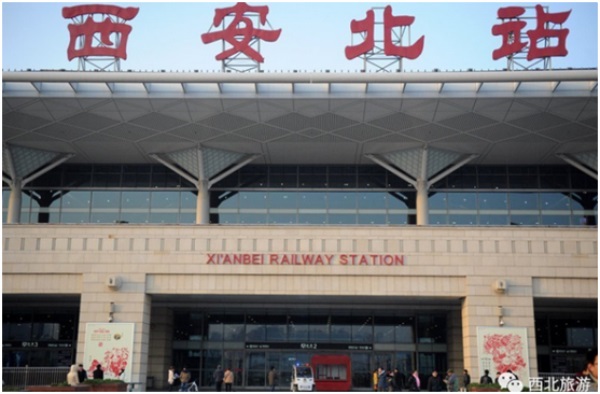
The Towering Mountains in Shaanxi Province
Qinling Mountains, extending over 1,600 kilometers, is the climatic and geographic boundary between the north and south of China, the watershed of Yangtze River and Yellow River, and also the most centralized green ecological corridor consisting of national forests, geoparks, natural reserves and water conservancy scenic areas; the plants include those in subtropical and frigid zones; it is the habitat for the living and breeding of rare animals such as crested ibis, giant panda, snub-nosed monkey and takin. Taibai Mountain, the main peak of Qinling Mountain, is the highest peak in the east of Qinghai-Tibetan Plateau in the mainland of China, where strange mountains stand straightly, the mountains steep and towering, and the landscape beautiful. People can view the famous historic landscape there -Taibai snow in June. Taibai Mountain still preserves the complete quaternary fossil glacier in different forms. In the deep of Qinling Mountain stands Louguantai where Laozi used to teach classics. Famen Temple where the Buddha’s relics of Shakyamuni is preserved, so are the six ancient temples of Chinese Buddhism in Han Dynasty, such as Xiangji Temple. The scenic spots and historical sites recorded works by men of literature and writing in the past dynasties form the enchanting Zhongnanshan scroll. Mount Hua, one of the Five Mountains in China, is featured with rocky and steep cliffs, tall and graceful peaks, hardy pines, which are really solemn and magnificent; it is known to the world by its “risk, strangeness, severity, uniqueness and serenity”. There are many other famous mountains in Qinling, such as Cuihua Mountain which is the imperial garden of the past dynasties, Mount Wangshun, named after Wang Shun the filially pious son who buried his mother by carrying earth to the mountain, Yaowang Mountain where Sun Simiao, the famous medical scientist of Tang Dynasty lived in seclusion for a long time, Nangong Mountain and Tianzhushan which are famous for the primeval secondary forest, as well as Phoenix Mountains, Pagoda Mountain, Qingling Mountain, Baiyun Mountains; which all have beautiful sceneries and different landscapes.
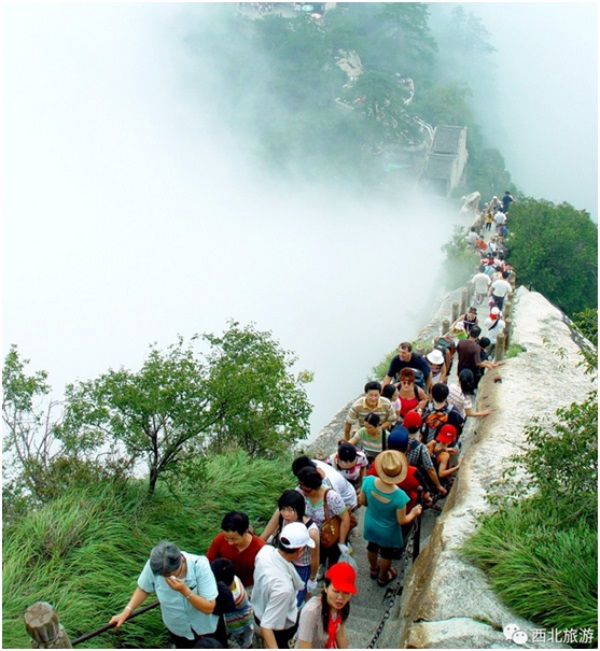
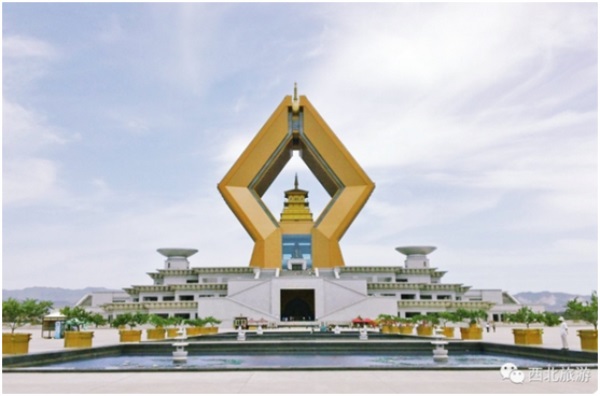
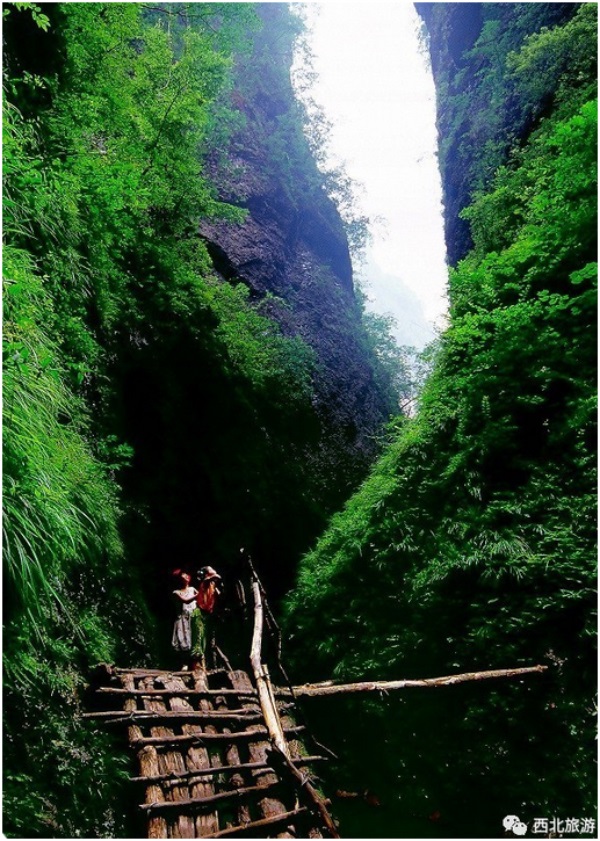






The Mighty Rivers in Shaanxi Province
Shaanxi is rich in water resources; the nature grants the land with lots of hydrologic scenic spots and has left many stories about water taming. The eight rivers—Wei, Jing, Feng, Lao, Yu, Hao, Chan, Ba rivers, recorded in Ode to the Imperial Forest by Sima Xiangru, the litterateur of Han Dynasty, expand from the northern foot of Qinling Mountain and irrigate the center of Shaanxi Province. Thousands of miles of the Yellow River, the mother river of China, is winding through Shaanxi. “Guan! Guan! Cry the fish hawks on sandbars in the river”, “The young shoots of reeds are grey; the white dew looks like frost” - these are sentences from The Book of Songs, which describe the amazing landscapes of the Yellow River along Heyang of Weinan; Hukou waterfallsthe first waterfall in China, and Qiankun gulf, the natural diagram of the universe, are even more awesome. Han River, originated from the southern foot of Qinling Mountain, is the longest tributary of Yangtze River and is one of the four big rivers in Chinese history. It was called Cang Lang River in the past and there have been countless poems and articles eulogizing the beauty of Han River. Now, the Han River and Dan River of Southern Shaanxi can not only meet the needs of local people, but provide 70% of water for the middle route project of S-N water diversion. Zhengguo Canal, one of the earliest large-scale water conservancy projects, built during the Western Han Dynasty, is still in service, and has been selected in the world irrigation engineering heritage and the three weirs of Hanzhong.

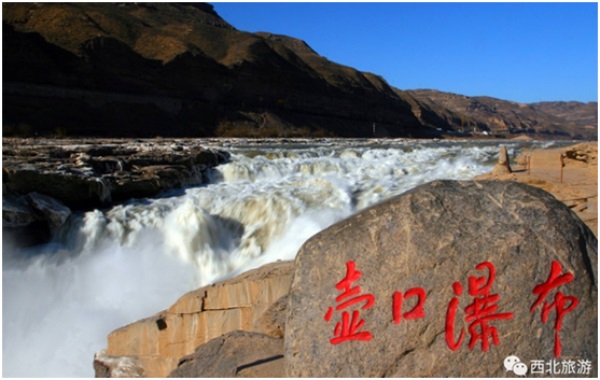
Hu Heping articulated that the holding of the 3rd All-for-One Tourism Promotion Conference in Shaanxi reflects that the National Tourism Administration pays high attention to and fully affirms Shaanxi tourism, which provides Shaanxi with valuable learning opportunities as well as higher development requirements.
“At the 13th Party Congress of Shaanxi which ended not long ago, the provincial Party committee explicitly proposed to build Shaanxi into a first-class international touristic centre”, said Hu in his speech. To realize this objective, Shaanxi will take the chance of building an all-for-one tourism demonstrative province to promote Shaanxi touristic development to a new phase, which answers to the following four requirements:
Firstly, adhere to the systemic thought and strengthen integrated design,interaction and cooperation; build four touristic highlands in Shaanxi—a touristic corridor for the departure of the Silk Road, the Qinling cultural and ecological touristic circle, the Yellow River touristic belt and the red tourism.
Secondly, on the basis of resource advantages, such as the natural logos of Qinling Mountains and the Yellow River, build the demonstration zone of national ecotourism, national scenic spot, national water conservancy spot, national forest park, national wetland park and national geological park.
Thirdly, exert the comprehensive advantages of the province and encourage the integrated development of tourism together with other fields such as agriculture, industry, culture, sports and health to build a new system of touristic enterprises; strengthen the development of featurede tourist commodities, build characteristic catering brands, promote the optimal structure of the hotel industry and continuously expand markets.


